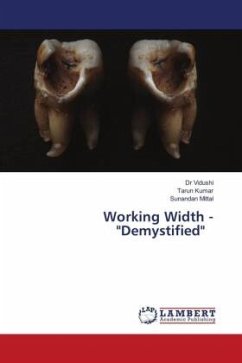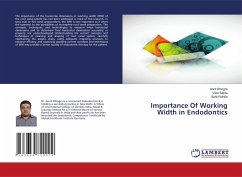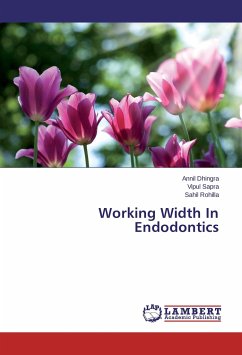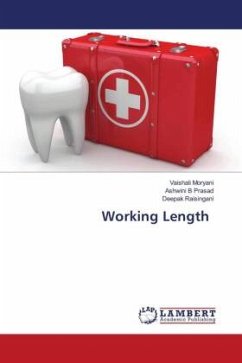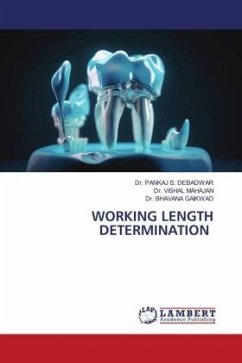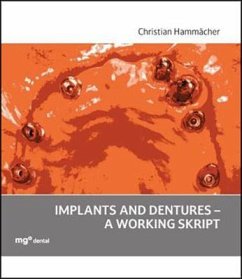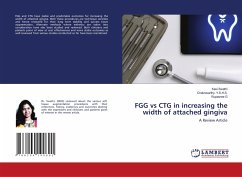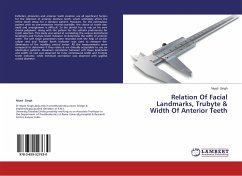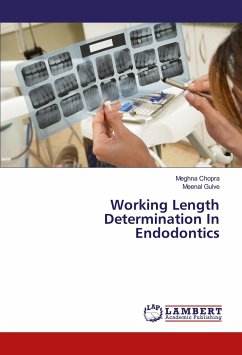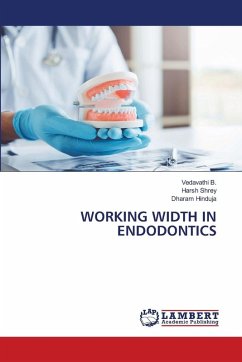
WORKING WIDTH IN ENDODONTICS
Versandkostenfrei!
Versandfertig in 6-10 Tagen
29,99 €
inkl. MwSt.

PAYBACK Punkte
15 °P sammeln!
Working width plays a critical role in achieving optimal chemomechanical debridement and three-dimensional obturation. Traditionally overshadowed by the emphasis on working length, working width encompasses the buccolingual and mesiodistal dimensions of the root canal space, significantly influencing instrumentation efficacy, irrigant dynamics, and apical sealing. Through a detailed synthesis of contemporary literature, histological studies, micro-CT analyses, and evidence-based clinical protocols, this research highlights the anatomical complexities, challenges in standardization, and the lim...
Working width plays a critical role in achieving optimal chemomechanical debridement and three-dimensional obturation. Traditionally overshadowed by the emphasis on working length, working width encompasses the buccolingual and mesiodistal dimensions of the root canal space, significantly influencing instrumentation efficacy, irrigant dynamics, and apical sealing. Through a detailed synthesis of contemporary literature, histological studies, micro-CT analyses, and evidence-based clinical protocols, this research highlights the anatomical complexities, challenges in standardization, and the limitations of current instrumentation systems in addressing canal width. The findings advocate for the integration of working width into routine endodontic practice and call for continued innovation in diagnostic and shaping technologies to improve long-term treatment outcomes.



